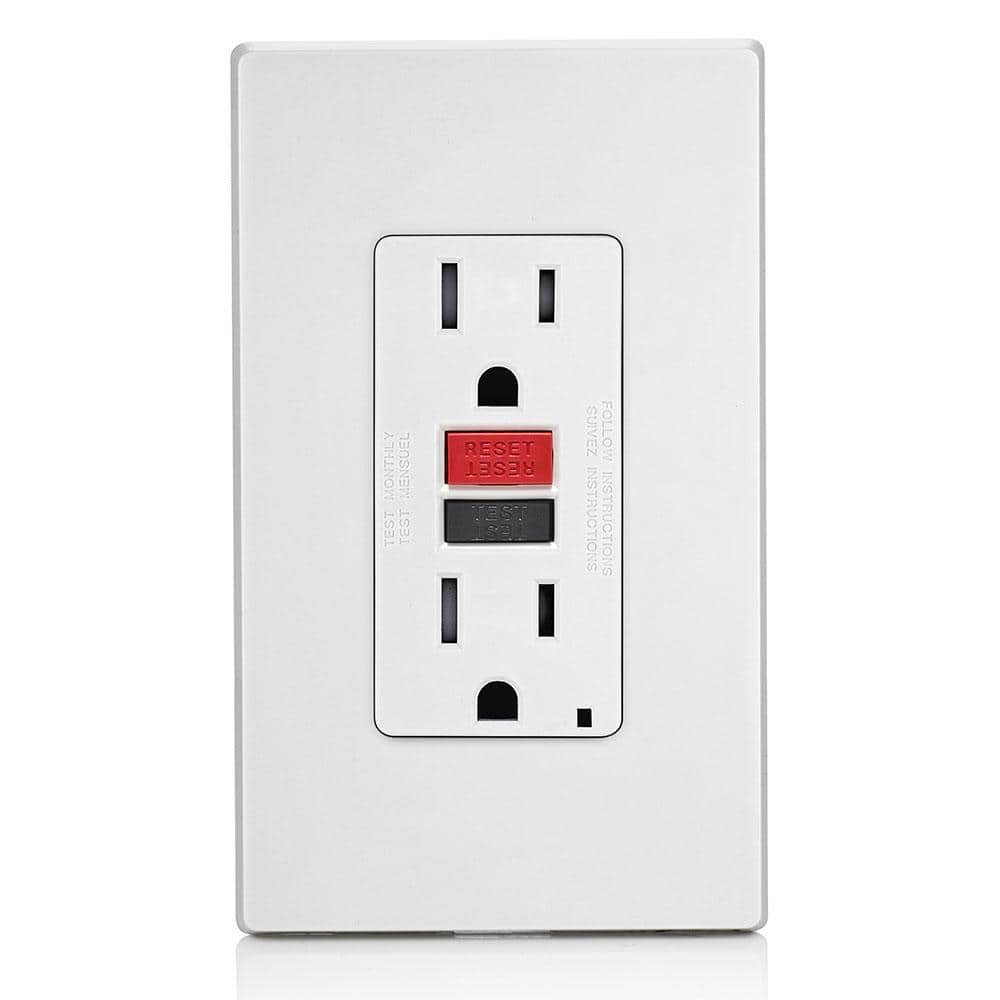When did this become a a thing? For decades I remember there was basically nothing about GFCI receptacles other than mechanically seeing if the reset button was out slightly. I've recently installed a salvaged, working Eagle GFCI receptacle that has "TRIP" on the edge that's more visible when it has tripped. But it only pops out maybe 1 mm and part of "TRIP" is visible when it's working. I also remember when most (especially Leviton) had a black test button and a red reset button. My parents' house has several, although some have buttons that have a more pronounced curved edge. These days most have the buttons in the same color as the receptacle.
Most the new ones I've seen have a light - typically green when it's active and powering. The position can be different with different brands. Got some newer Leviton GFCI and that has a single light position that's green when it's on, red if there's a fault (I see it briefly when resetting), and off if it's tripped or there's no power.
The ones I got from Eaton seems to be different. There are two lights on the kind I got. One says "Replace" but I suppose that's not likely to just come up randomly. The other is one built into the side of the reset button. If it's tripped (which it is out of the box) but there's line power coming in, the light is red. If it's running properly, there's no light. And when it's tripped, the reset button doesn't pop out - only the red light comes on if it's powered. However, the light can't be relied on to determine if there's power coming in.

It's all pretty confusing. The weird thing about the Eaton receptacle is that it didn't even come with instructions. The package has a reference to their website for instructions.
Most the new ones I've seen have a light - typically green when it's active and powering. The position can be different with different brands. Got some newer Leviton GFCI and that has a single light position that's green when it's on, red if there's a fault (I see it briefly when resetting), and off if it's tripped or there's no power.
The ones I got from Eaton seems to be different. There are two lights on the kind I got. One says "Replace" but I suppose that's not likely to just come up randomly. The other is one built into the side of the reset button. If it's tripped (which it is out of the box) but there's line power coming in, the light is red. If it's running properly, there's no light. And when it's tripped, the reset button doesn't pop out - only the red light comes on if it's powered. However, the light can't be relied on to determine if there's power coming in.

It's all pretty confusing. The weird thing about the Eaton receptacle is that it didn't even come with instructions. The package has a reference to their website for instructions.

